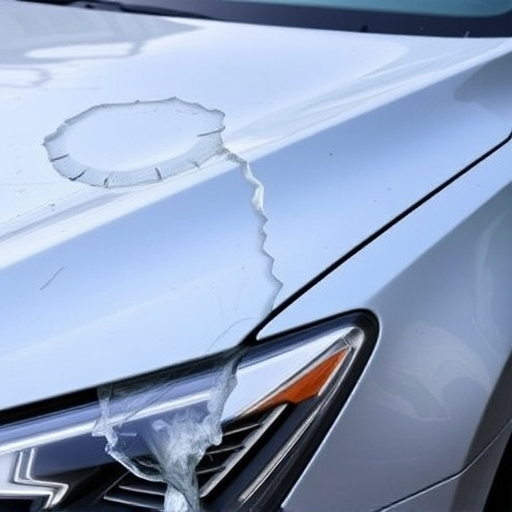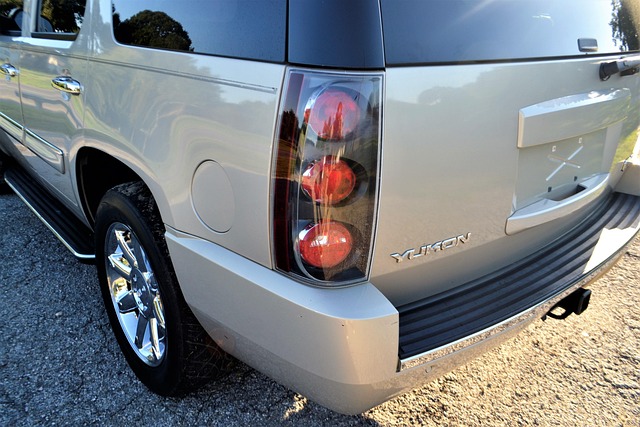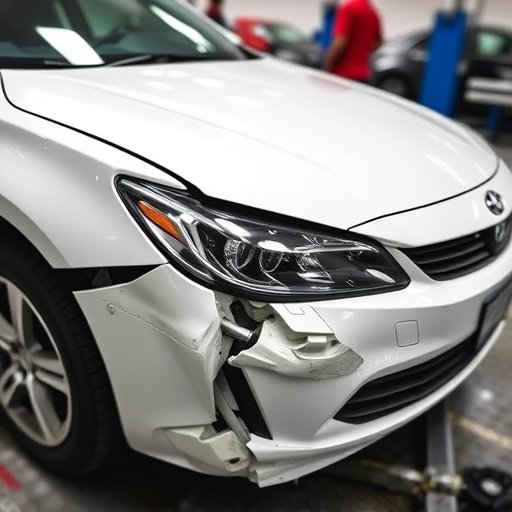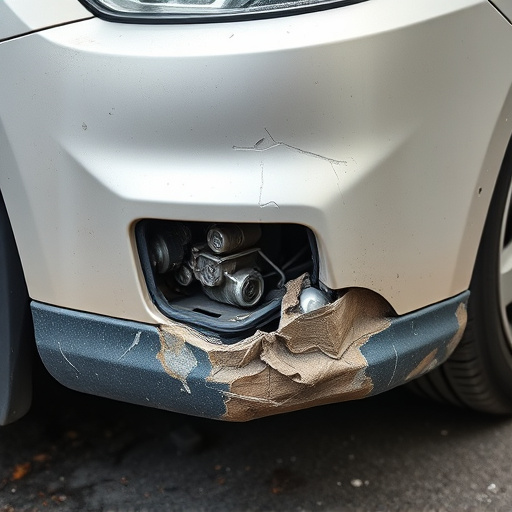This text discusses the importance of understanding deductible payment options for auto repair costs, particularly during collisions. It highlights that choosing between lower, quicker deductibles (higher premiums) and higher, cheaper deductibles (larger out-of-pocket repairs) requires balancing savings and expenses. Digital platforms offering real-time deductible updates and easy receipt uploads streamline the process, enhancing claims satisfaction. In healthcare, flexible deductible payment options, simplified processes, and personalized plans improve patient trust and experience, especially for unexpected costs like auto collision repair.
In today’s healthcare landscape, understanding and managing deductible payment options is crucial for both providers and patients. This article offers a comprehensive guide on “Deductible Payment Options,” delving into key strategies to optimize this process. We explore efficient management techniques, emphasizing patient satisfaction as a core focus. By examining best practices and emerging trends, we aim to empower healthcare professionals to navigate these complex options, ultimately enhancing the overall patient experience in an evolving healthcare environment.
- Understanding Deductible Payment Options: A Comprehensive Overview
- Strategies for Efficient Management: Streamlining the Process
- Enhancing Patient Satisfaction: Best Practices and Future Trends
Understanding Deductible Payment Options: A Comprehensive Overview

Understanding Deductible Payment Options: A Comprehensive Overview
Deductible payment options play a pivotal role in managing expenses related to auto repairs, particularly in scenarios like collision repair. These options refer to the out-of-pocket amount an individual must pay before insurance coverage kicks in for any damage or claim. In the context of collision repair at an automotive collision repair shop, comprehending deductibles is crucial as it significantly impacts the financial burden on vehicle owners. By knowing their deductible payment options, drivers can make informed decisions and plan accordingly when facing unexpected repairs.
Choosing the right deductible payment option requires balancing the potential savings with the certainty of out-of-pocket expenses. Lower deductibles offer more immediate financial relief but may result in higher overall insurance premiums. Conversely, higher deductibles typically lead to lower annual premiums but demand larger contributions from policyholders during auto repair processes such as collision repairs at an automotive collision repair shop. Understanding these trade-offs empowers individuals to select deductible payment options that align with their financial capabilities and risk appetites.
Strategies for Efficient Management: Streamlining the Process

Efficient management of deductible payment options is crucial for a seamless claims process and financial clarity. Streamlining this process involves implementing robust systems and strategies that automate tasks, reduce errors, and enhance transparency. Digital platforms offering real-time updates on deductible calculations can empower policyholders to make informed decisions. Integration with auto repair services and car body restoration providers simplifies the claim submission and approval workflow.
For instance, using a centralized platform where policyholders can upload receipts for car scratch repair or other minor damages expedites the verification process. This digital approach not only saves time but also ensures accurate tracking of expenses against deductibles. Additionally, providing clear communication channels allows stakeholders to address concerns promptly, fostering trust and satisfaction in the claims handling process.
Enhancing Patient Satisfaction: Best Practices and Future Trends

In today’s competitive healthcare landscape, enhancing patient satisfaction is paramount for medical institutions. One significant aspect contributing to this is offering flexible and patient-centric deductible payment options. By simplifying payment processes and providing transparent cost breakdowns, healthcare providers can ensure patients understand their financial obligations, fostering trust and satisfaction. This approach is especially crucial in managing unexpected expenses, such as auto collision repair or car body restoration, which often involve substantial deductibles.
Future trends in this domain suggest a move towards personalized payment plans tailored to individual patient needs. Leveraging digital platforms for seamless online payments and secure patient portals can further streamline the process. Additionally, incorporating education resources about deductible payment options, much like explaining the intricacies of car restoration projects, empowers patients to make informed decisions, ultimately improving their overall experience.
In conclusion, managing deductible payment options efficiently is key to enhancing patient satisfaction in healthcare. By understanding these options, implementing streamlined management strategies, and adopting best practices, healthcare providers can ensure a smooth financial experience for patients while optimizing administrative processes. Continuously evaluating and adapting to future trends will be crucial in navigating the ever-evolving landscape of deductible payment options.














